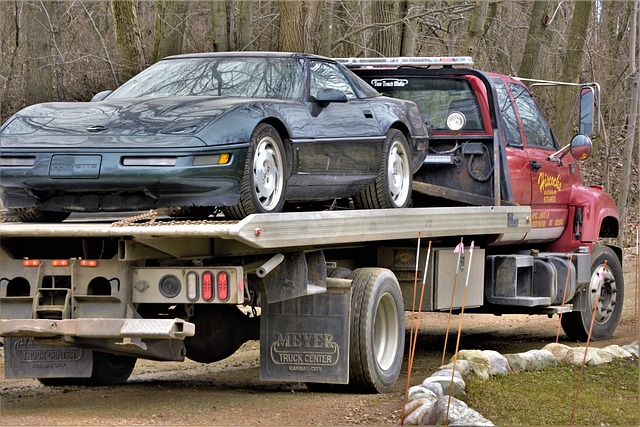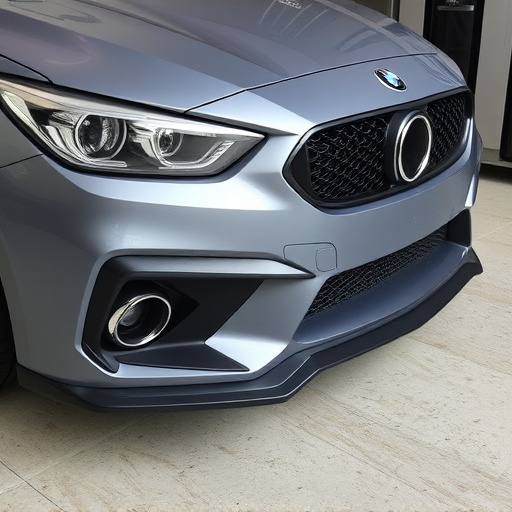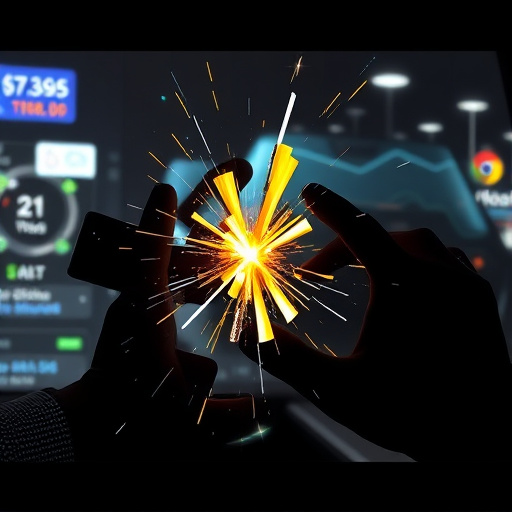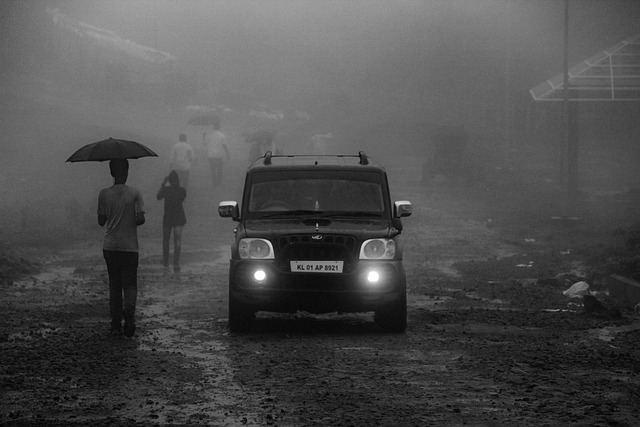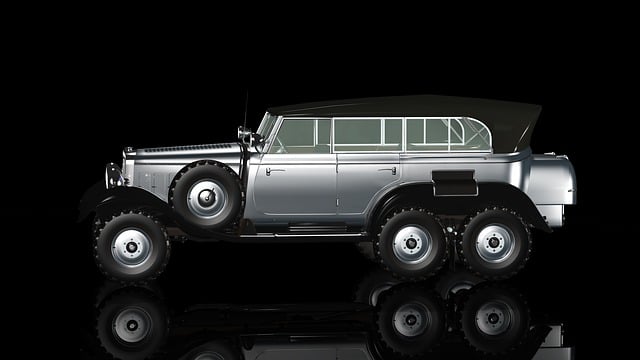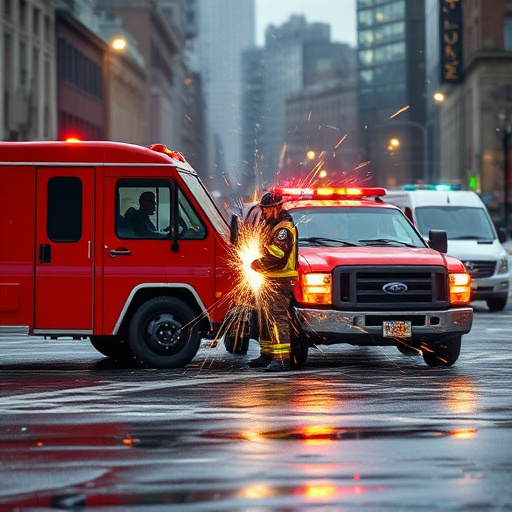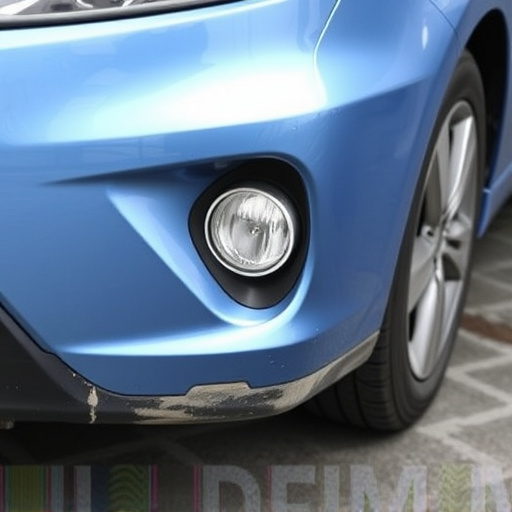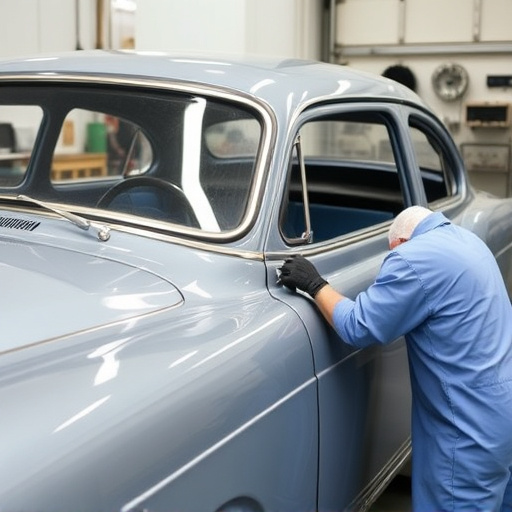In frontal crashes, assessing driveshaft integrity is crucial for safe vehicle operation and reliable collision repair. Even if exterior appears intact, internal driveshaft damage may require expert handling during auto body painting. Identifying subtle signs like unusual noises or vibrations is vital for preventing further complications and ensuring the safety and reliability of repairs, focusing on both functionality and aesthetics through driveshaft collision repair services.
After a front-end crash, identifying damage to your vehicle’s driveshaft is crucial for safe and optimal performance. This article guides you through the process of diagnosing driveshaft damage, equipping you with knowledge to ensure proper collision repair. We’ll first explore the basics of driveshaft components and their functions, then pinpoint signs of potential harm. Subsequently, we’ll delve into effective diagnosis and repair strategies, emphasizing the importance of professional expertise for reliable vehicle restoration.
- Understanding Driveshaft Basics: The Key Components and Their Functions
- Identifying Signs of Driveshaft Damage After a Front-End Collision
- Effective Diagnosis and Repair Strategies for Optimal Vehicle Performance
Understanding Driveshaft Basics: The Key Components and Their Functions
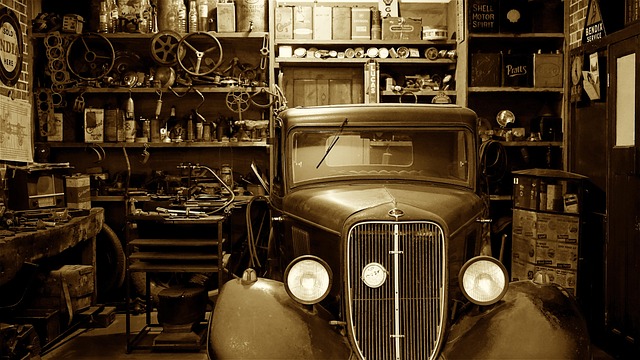
The driveshaft, a crucial component in any vehicle’s transmission system, plays a vital role in transferring power from the engine to the wheels. This solid shaft is responsible for delivering rotational motion consistently and efficiently across all gears, enabling smooth driving. Key components include the input shaft, universal joints, and output shaft, each with distinct functions. The input shaft connects directly to the vehicle’s transmission, receiving power from the engine. Universal joints allow for a flexible connection between the input shaft and the rest of the system, accommodating the up-and-down movement of the suspension during driving. The output shaft then transmits this power to the wheels, allowing them to turn and propel the vehicle forward.
In the event of a front-end crash, particularly when there’s significant damage to the vehicle’s frontal structures, proper assessment of driveshaft integrity becomes essential for safe operation and reliable automotive repair. Even if the exterior appears intact, internal driveshaft collision repair might be necessary due to manufacturing precision that requires expert handling during auto body painting and car collision repair processes. Identifying damaged components early can prevent further complications, ensuring a safer ride and extending the lifespan of your vehicle’s drivetrain.
Identifying Signs of Driveshaft Damage After a Front-End Collision
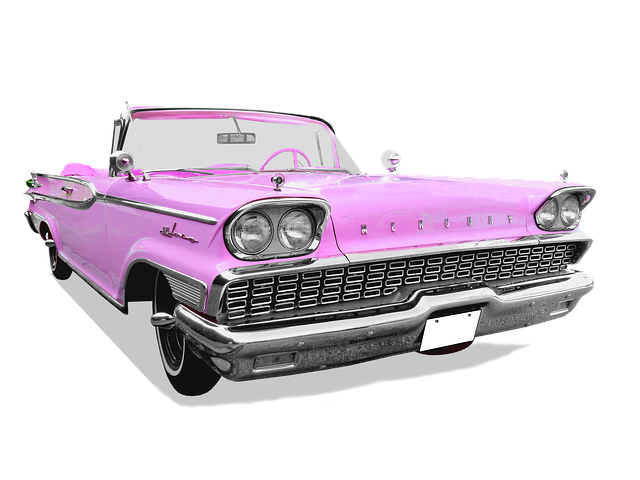
After a front-end crash, identifying signs of driveshaft damage is crucial for safe and effective collision repair services. While initial assessments may focus on more visible external injuries, driveshaft issues can be subtle but severe. Look out for unusual noises coming from the vehicle during operation, such as grinding or whining sounds. These could indicate that the driveshaft or its components have been damaged in the collision.
Additionally, keep an eye on unexpected vibrations while driving at various speeds. A damaged driveshaft may cause inconsistent power transmission, leading to strange behavior. If you notice any of these symptoms, consult a professional mechanic who can perform a thorough inspection using advanced tools. Remember, timely detection and repair are essential to prevent further complications, ensuring the safety and reliability of your vehicle post-accident and facilitating swift auto body repair processes.
Effective Diagnosis and Repair Strategies for Optimal Vehicle Performance
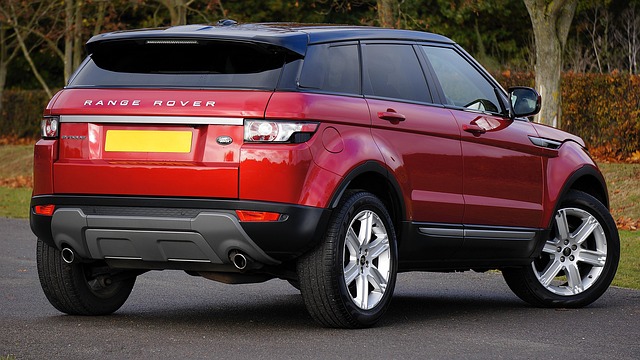
Effective Diagnosis and Repair Strategies for Optimal Vehicle Performance
After a front-end crash, diagnosing driveshaft damage is crucial to ensure optimal vehicle performance. The first step involves a thorough inspection by a qualified mechanic who specializes in driveshaft collision repair. They will meticulously assess the condition of the driveshaft, U-joints, and related components using advanced diagnostic tools and manual examinations. By identifying even the slightest anomalies, they can prevent further complications that could lead to catastrophic failures down the line.
Once damage is confirmed, a strategic repair plan is implemented. This may include replacing the damaged driveshaft, repairing or rebuilding affected components, and aligning the vehicle’s suspension system. Reputable car body shops offer expert services in driveshaft collision repair, ensuring that the vehicle not only operates smoothly but also maintains its safety standards. Integrating these repairs with other crucial components like bumper repair and vehicle paint repair can help restore your vehicle to its pre-crash condition, enhancing both performance and aesthetics.
After a front-end crash, identifying and addressing driveshaft damage is crucial for safe and optimal vehicle performance. By understanding the basic components of a driveshaft and their functions, you can effectively recognize signs of potential issues. If damage is suspected, it’s essential to consult a professional mechanic for accurate diagnosis and timely repair, ensuring your vehicle returns to its pre-crash condition. Prompt driveshaft collision repair not only maintains safety but also preserves the overall integrity of your vehicle’s drivetrain.
